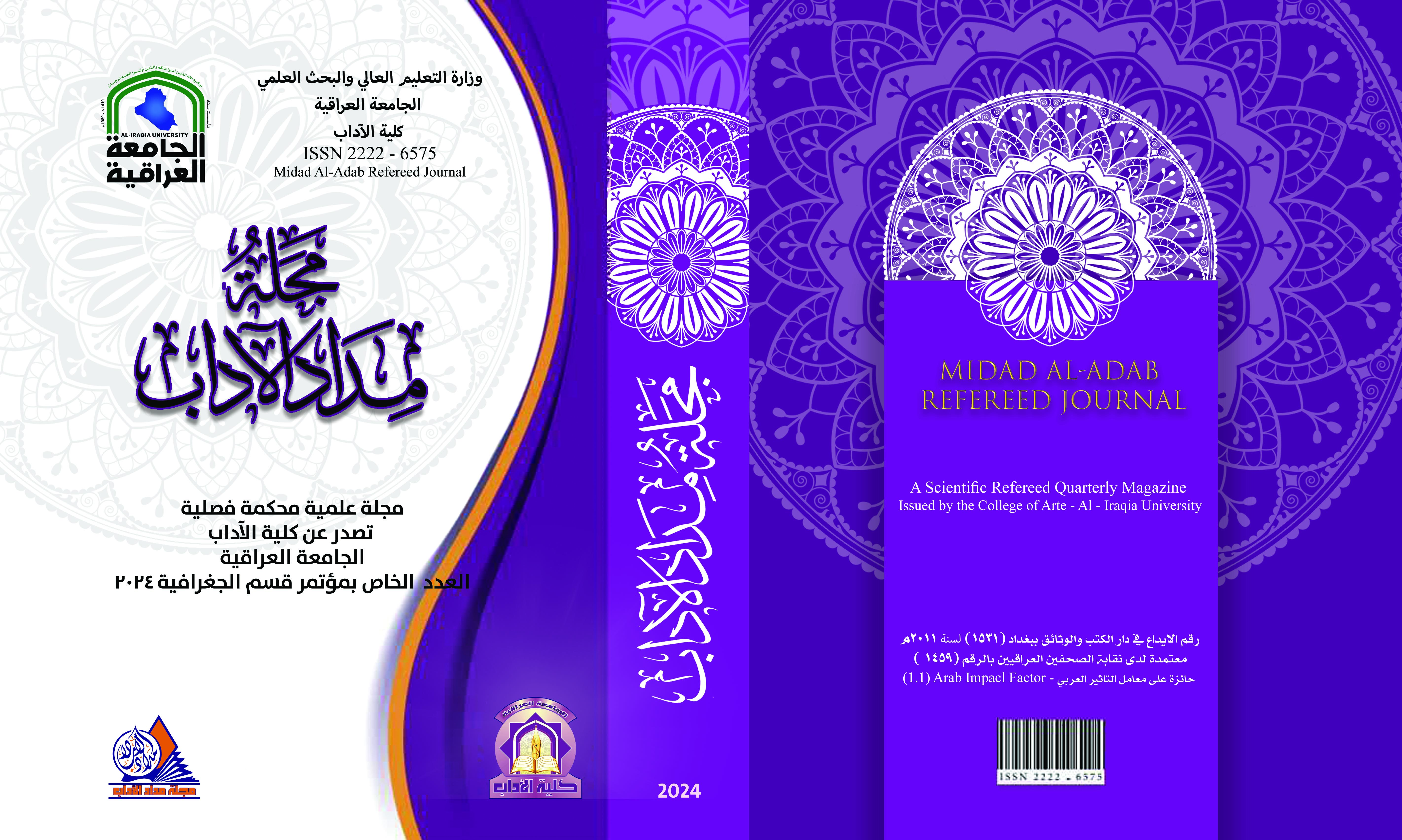Environmental suitability for growing cotton in Al-Sheikhan district based on a model(Runak Agriculture Suitability
DOI:
https://doi.org/10.58564/ma.v14iالعدد%20الخاص%20بمؤتمر%20قسم%20الجغرافية.1465Keywords:
Keywords: Geographic techniques, (Runak Agriculture Suitability), agricultural suitability, agricultural suitability varieties.Abstract
The application of contemporary technologies in field studies is now a key component of modern geography’s new scientific direction, known as the geography of place, and one of the most prominent modern geographical technologies that are used in geographical sciences is in its scientific applications, which give valuable scientific results that can be relied upon in scientific research, and in order to achieve the research goal the Runak Agriculture Suitability model and soil samples from the field survey were used to build a spatial document and descriptive data that express the suitability of the land for growing the qatan crop in the geographical location and present it to decision-makers in that place to achieve a sustainable agricultural system. The research produced four classes of suitability for wheat cultivation in the district: high suitability (11.86%), moderate suitability (15.76%), low suitability (16%), unsuitability (45.67%), and human settlements (10.73%).
Downloads
Published
Issue
Section
License

This work is licensed under a Creative Commons Attribution-NonCommercial-NoDerivatives 4.0 International License.








